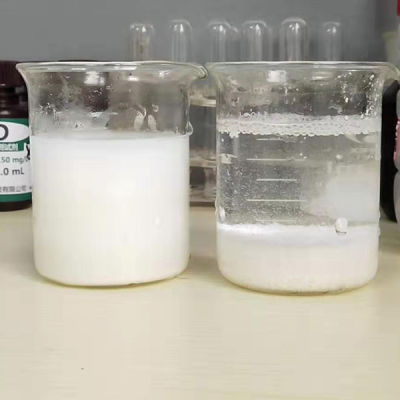How are cationic polymers most often used in a water treatment plant?
2024-02-26
Cationic polymers, such as cationic polyacrylamide (CPAM), are commonly used in water treatment plants for their flocculation and coagulation properties. Here's how they are most often used in a water treatment plant:

1. Coagulation: Cationic polymers are often used as coagulants in the initial stages of water treatment. They are added to raw water to neutralize the negative charges on suspended particles, colloids, and other impurities present in the water. This neutralization destabilizes the particles, allowing them to aggregate and form larger flocs.
2. Flocculation: After coagulation, cationic polymers are used in the flocculation process to further enhance the formation of larger, settleable flocs. The polymers act as flocculants by bridging between particles or by adsorbing onto the surfaces of particles, causing them to come together and form larger aggregates.
3. Sedimentation: Once the flocs have formed, the water is allowed to settle in sedimentation basins or clarifiers. Cationic polymers aid in the settling process by increasing the size and density of the flocs, thereby improving their settling velocity. This results in the more efficient removal of suspended solids and other impurities from the water.
4. Filtration: After sedimentation, the water may undergo filtration to further remove any remaining suspended particles. Cationic polymers help in this process by facilitating the formation of larger particles that are easier to filter out.
5. Sludge Dewatering: In addition to their role in treating raw water, cationic polymers are also used in sludge dewatering processes within water treatment plants. They are added to sludge produced during the treatment process to aid in the formation of larger, more easily dewatered flocs. This helps to reduce the moisture content of the sludge, making it easier and more cost-effective to dispose of.
Overall, cationic polymers play a crucial role in various stages of the water treatment process, helping to improve the efficiency and effectiveness of removing impurities from raw water and producing clean, potable water for distribution.

